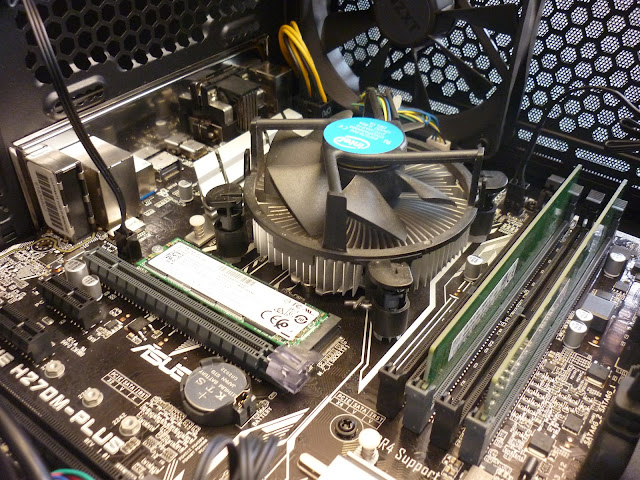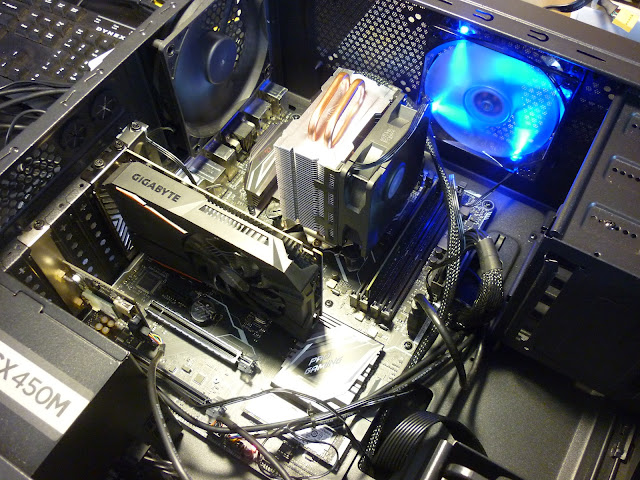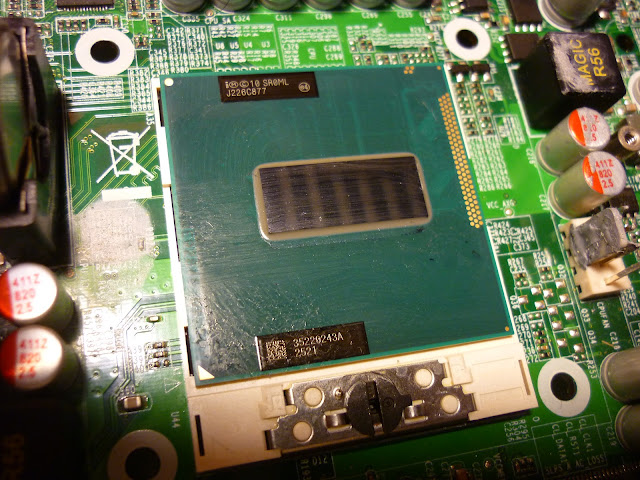Around this time in 2004 there was great excitement in life, well, when I say great, it was during my working life so most things of distraction were marginally exciting, and usually, anything acquisitional to do with technology would float my boat.
There was a need to transport files from work, personal files not work files, and Kingston Technology brought out their 1GB Datatraveller Elite. That was ONE gigglybyte, it was HUGE and in the Futureshop flyer they had a screaming deal, C$99.99 with a C$30 mail in rebate which I am sure you older readers will remember, buy something, send in the proof of purchase and the rebate form, wait patiently and it would eventually arrive long after you had forgotten about it.
There it still is, nineteen years later, on the right complete with free lanyard and Canadian Tire fishing lure doobery to stop me from losing the top.
To the left of it, you will see my purchase this weekend, Black Friday or whatever they want to call it, Staples brick and mortar store near Victoria, C$9.99 each....
Ignoring taxes, the gigglybyte comparison is rather impressive, it was, nineteen years ago, C$69.99 for a single gigglybyte and here and now, C$0.078 or 7.8 cents, which is a lot less, 896 times less.
This is a handy statistic to hold in your head for the next time someone mentions down at the brewery how much beer was twenty years ago, or how cheap shoes, tee-shirts or hoodies used to be, it is true, things used to be bigger when we were kids, take Wagon Wheels as an example, they're positively tiny nowadays compared to what they were back when my hands were half the size.
Ok, I don't know what my point was now, I just want a Wagon Wheel.















































